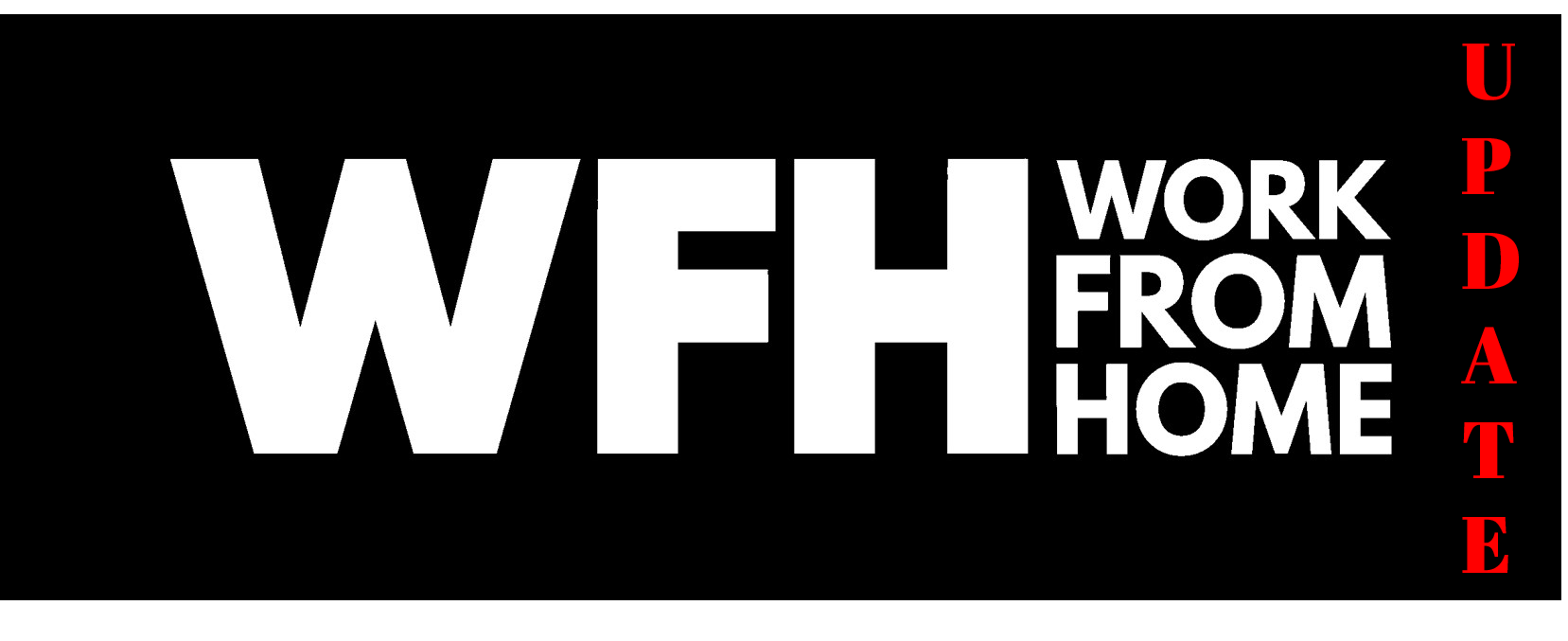
Back on March 19th – just days after the COVID-19 lockdowns took hold across the U.S. – I wrote our first blog post about the work from home phenomenon.
It was clear early on that with millions of Americans unable to work out of their offices and traditional workspaces, WFH wasn’t just a hot new acronym, but was quickly becoming a new reality of business life.
During mid to late March, most radio stations were forced to make adjustments on the fly, finding ways for air talent (and other “essential workers”) to do their jobs from their homes, apartments, and condos.
But one of the big takeaways of the post related to how stay-at-home restrictions would have an adverse impact on the broadcast radio business, especially given the shrinking numbers of working radios in people’s homes. Here’s what I wrote back then:
“If driving habits don’t return to some level of what they were, many radio stations will be challenged like never before to maintain some semblance of their listening levels.
“Streams, apps, and Alexa will end up playing a major role in broadcast radio’s ability to connect with radio fans while they’re WFH. It will be about ensuring these distribution outlets are seamless, clean, and easy – not clunky, choppy, and over-commercialized. And that messaging about how to access needs to simple, clear, and frequent.
“These eventualities have been coming for a long time. As dollars, ears, and eyeballs have moved online, many broadcasters were long in denial about these sea changes in both content creation and usage, content and distribution.”
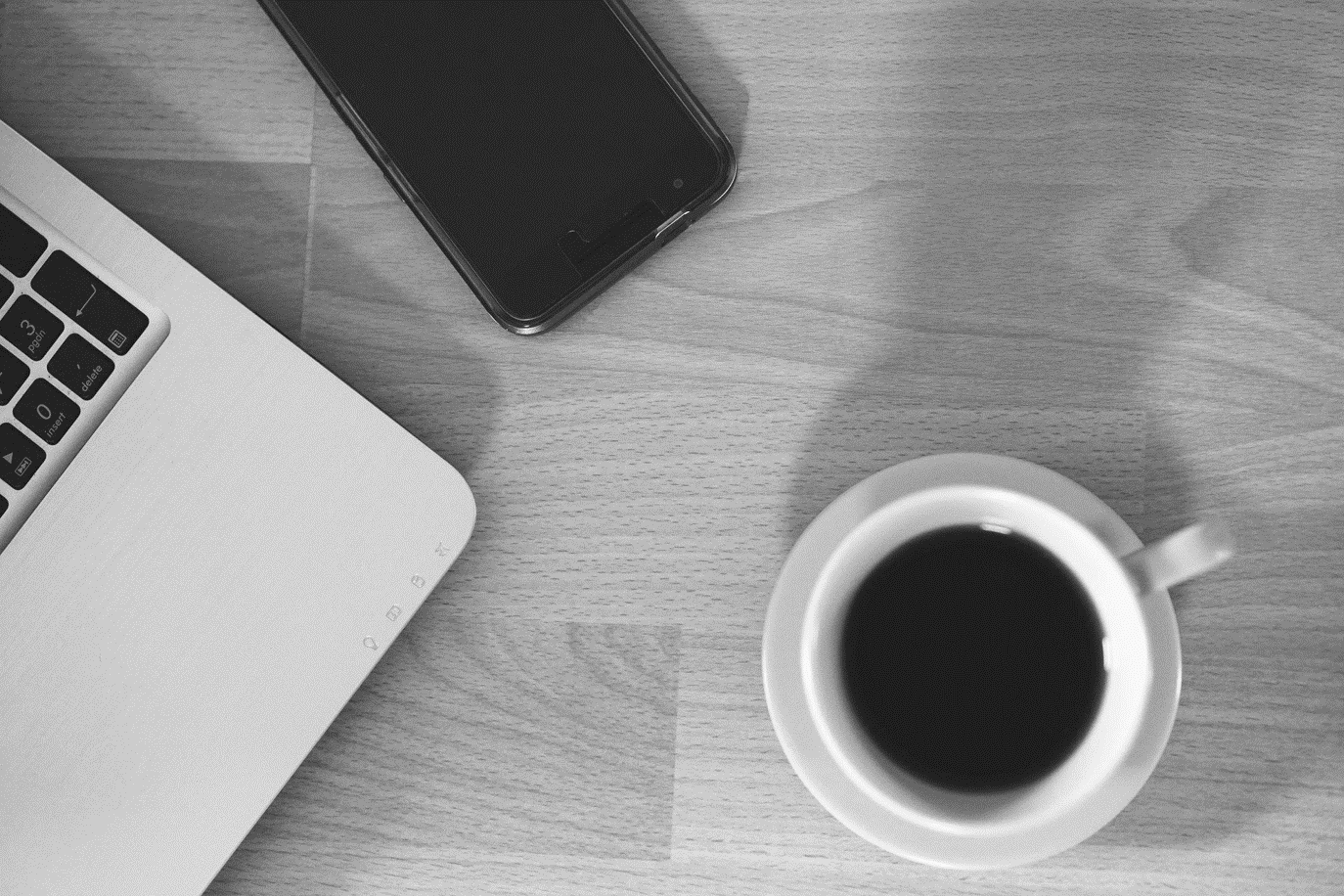 Here we are ten weeks later, and we’ve seen the damage of WFH on radio cume and PUMM levels (in PPM markets).
Here we are ten weeks later, and we’ve seen the damage of WFH on radio cume and PUMM levels (in PPM markets).
But if you think the impact of millions working from spare bedrooms, dens, home offices, and dining room tables will be mitigated if the virus subsides or a vaccine is developed, think again.
That’s because it’s becoming abundantly clear WFH isn’t just a coronavirus trend – it will continue long after we return to something called “normal.”
Since the outbreak, Jacobs Media has now conducted six separate research studies about the impact of COVID-19 among more than 75,000 broadcast radio listeners.
In our most recent project, fielded on May 12-14, we asked those currently employed already working from home about what they believe will be their future arrangement. Here’ the results among our commercial radio respondents:
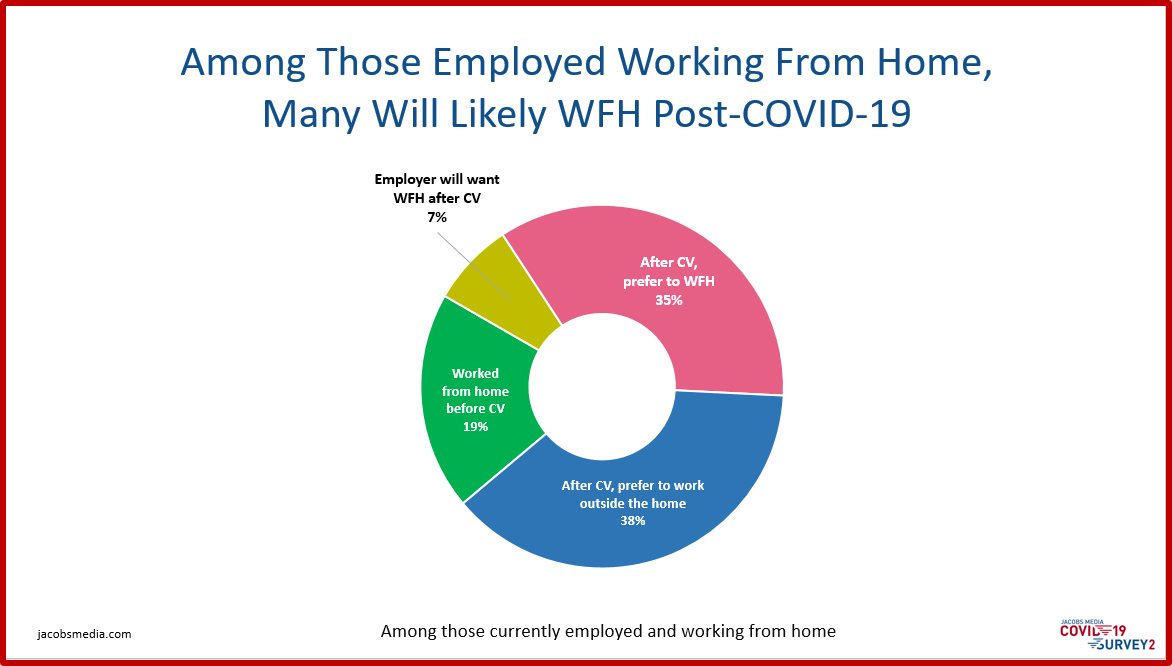
To break it down, nearly one-fifth say they were WFH before COVID-19. And while nearly four in ten are eager to return to a traditional workplace, more than a third indicate they’d like to continue working remotely after the virus abates. And an additional 7% believe their employer will want them to WFH when the smoke clears.
If these numbers hold, radio broadcasters will be faced with the harsh reality that traditional drive time listening will be altered by COVID-19 and the WFH aftermath. With more and more workers toiling away on their laptops and desktops from their homes, while “regular radios” become less commonplace on nightstands, in kitchens, and on workbenches, radio will be faced with an even greater challenge to hold onto its audience.
More and more companies are developing an appreciation for their employees working from home. It should reduce costs, as well as the amount of office and retail space companies require. Some believe remote hiring and working will enable businesses and brands to attract better talent, especially among prospective employees who don’t wish to uproot and relocate.
Leading the way – not surprisingly – are tech companies. Twitter was the first to extend WFH options for employees. In fact, Twitter CEO Jack Dorsey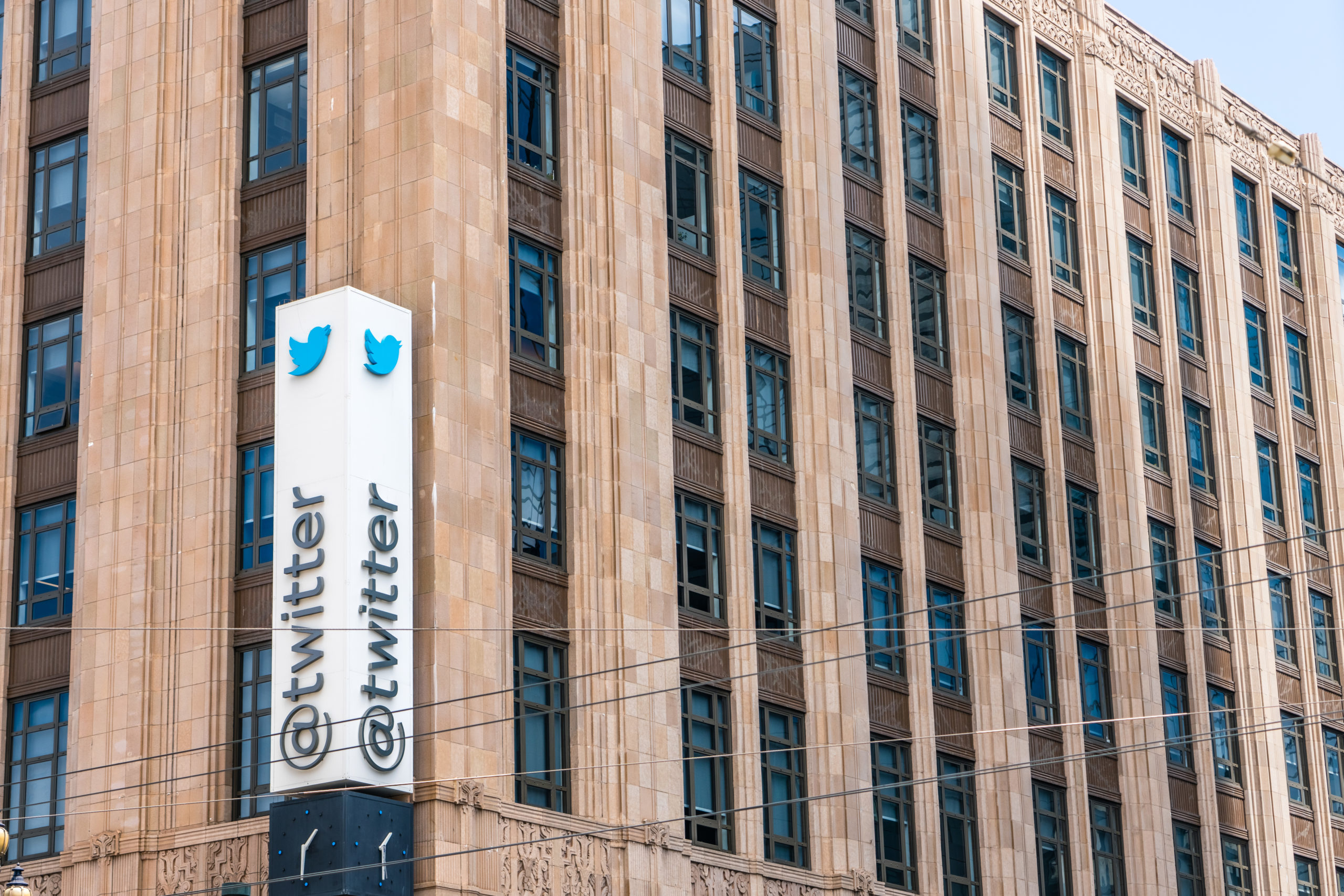 announced earlier this month his workforce will have the option to never work from offices or cubicles again. Twitter also owns Square, and now both employee groups will have the option to work remotely – forever. Here’s the rationale, reported by Forbes:
announced earlier this month his workforce will have the option to never work from offices or cubicles again. Twitter also owns Square, and now both employee groups will have the option to work remotely – forever. Here’s the rationale, reported by Forbes:
“We want employees to be able to work where they feel most creative and productive. Moving forward, Squares will be able to work from home permanently, even once offices begin to reopen. Over the past several weeks, we’ve learned a lot about what it takes for people to effectively perform roles outside of an office, and we will continue to learn as we go.”
Not surprisingly, Facebook has given this issue more than a little thought, too. Last week, Mark Zuckerberg held an all-hands-on-deck town meeting, and opened it up so the rest of us could be exposed to Facebook’s WFH thinking.
This is part of a massive effort Facebook has been conducting about COVID-19, its spread, and its impact on its companies, its employees, and its users.
But it’s the new focus on remote work that should be of interest to all of us. Broadcast on Facebook Live, Zuckerberg provided considerable detail about the various considerations he and his executive teams are contemplating. And he made his statement available to all, so that other “orgs” could benefit from Facebook’s process.
Here’s the key quote:
“I think we could get to about half the company working remotely permanently.”
We’re talking about 48,000 employees scattered around the world. According to a story in The Verge by Casey Newton, this is a huge step for a company that has been known to pay bonuses in the $15,000 range to persuade prospective employees to move within range of the company’s Menlo Park, CA, headquarters.
To better understand the implications of a broader WFH policy, Facebook conducted an employee survey to get a sense of how the rank-and-file are thinking.
Zuckerberg reports roughly 40% of Facebook’s workforce say they’d be very or somewhat interested in remote work – a staggering percentage, and in the same ballpark as our COVID-19 study. Facebook’s CEO notes that a large group of his workforce also want flexibility, enabling them to create a mix of at-home and in-the-office options.
In that way, they are likely a microcosm of many white collar workers these days, many whose performance and productivity have increased since they found themselves suddenly working from home.
I’ve linked his entire one-hour town meeting below, not that you’re going to want to drop everything you’re doing and watch it now.
But especially for broadcast radio’s leadership, it’s a fascinating look at a company that’s thinking this cataclysmic trend through, while considering how it might effect performance, workplace relations, hiring, recruiting, diversity, and of course, the bottom line.
Forget about how you might feel about Zuckerberg and/or Facebook. His team has done the heavy lifting here, while also footing the bill on a foundation of data that he’s willing to share with the rest of us. And it has value.
By not forcing new hires to move to an expensive region of California, hours and hours away from most other areas in the U.S., Zuckerberg sees the great potential in being able to attract veteran talent that heretofore might think moving to Menlo Park was a deal-breaker.
As Zuckerberg points out in his message to his employees, this also means compensation based on the cost of living in crazy expensive markets like San 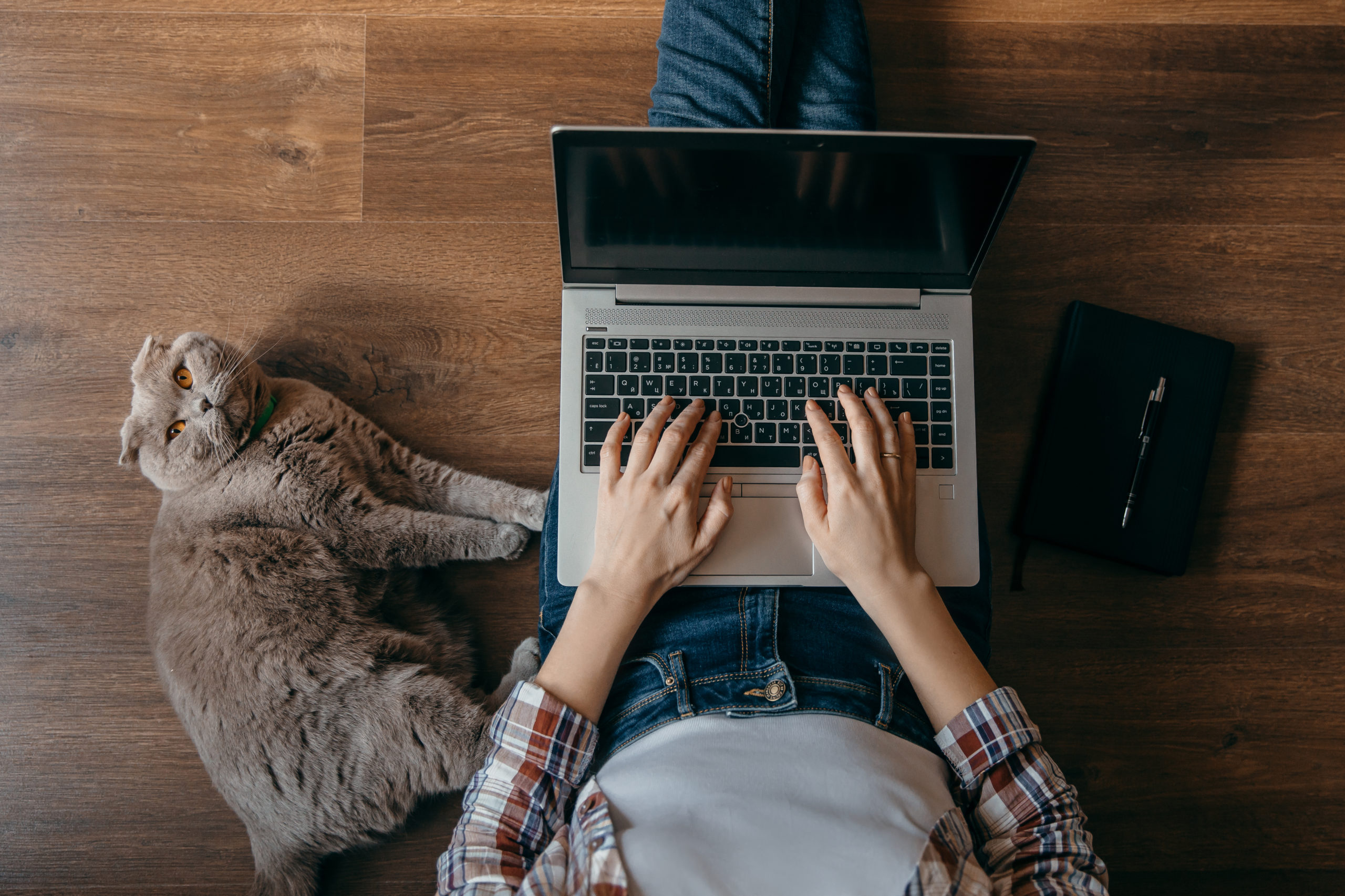 Francisco, Seattle, or Chicago can be lowered if a Facebook employee opts to live in a smaller market or move out to the country.
Francisco, Seattle, or Chicago can be lowered if a Facebook employee opts to live in a smaller market or move out to the country.
Not to mention all the money saved on moving trucks, real estate fees, and relocation expenses. And of course, the lack of adjustment time that comes with a long distance move, whether it’s stress on an employee or her family.
So, what does all of this mean to radio?
On the consumption side of the street, it signifies a potential sea change in listening habits, potentially reconfiguring the medium’s entire listening location template.
If the morning and afternoon drive commutes become less congested, it has implications on every drive time show on the air, whether it’s some of America’s most popular morning shows or “tent pole” public radio magazines, like “Morning Edition” and “All Things Considered.”
And because more more and more people will be WFH, radio’s messaging could shift from “listen at work” to “listen while you work.” Of course, that’s all contingent on whether broadcasters truly offer a competitive, good-sounding stream, available on every device, including mobile phones and tablets, smart speakers, Internet TVs, and wireless speaker systems. In an environment where “regular radios” are disappearing with each passing year – especially for young people – this isn’t just a good idea – it’s an imperative.
For companies that never truly embraced their streaming distribution model – or simply took the easy and cheap way out – the last few months have likely been something of a reckoning. If there’s to be a “second wave” of COVID-19 come the fall, that could mean broadcasters have a respite this summer to get their streaming acts together, do some healthy reassessment, and make sure they’re ready for another potential lockdown.
For radio’s direct marketing companies, it signifies a different approach to encouraging listening while on the job, especially as communal office and workplace listening becomes lighter and less reliable. This could alter talent contracts, compensation, and bonuses, especially if the midday hours become more popular as radio’s locations undergo shifts.
 And like Facebook, it might be possible for more and more radio companies to attract better talent – on and off the air – by lifting “you must move here” restrictions. As we’re learning, many managers and employees do just fine working from their bedrooms, even – while wearing sweats or yoga pants.
And like Facebook, it might be possible for more and more radio companies to attract better talent – on and off the air – by lifting “you must move here” restrictions. As we’re learning, many managers and employees do just fine working from their bedrooms, even – while wearing sweats or yoga pants.
Interestingly, it is as difficult for stations in New York City, Nome, or Nebraska to attract great people. For all sorts of good reasons, many simply don’t want to relocate there.
But for many, they may not have to. And that eventuality signifies a whole new day for the medium and its workforce. As Zuckerberg points out, some of his managers and workers will, by necessity, have to ply their craft from a central location. But many others will be able to WFH – or perhaps carve out a mashup of both.
One final thought – the town meeting format via video. Obviously for a company like Facebook with thousands of workers spread out all over the planet, it’s an efficient way of connecting with potentially all of them in one sitting. Many radio broadcasting companies are similarly multi-market in size and scope. And with the limitation and downsides of travel – including hygiene and economics – this form of addressing a scattered staff in an efficient, cost-effective way is something you’d expect more of radio’s executive teams to embrace – especially during turbulent times when seemingly everything is up in the air.
It takes a certain presence to preside over these meetings, and Zuckerberg would be the first to tell you his style lacks warmth, humor, and other key qualities. But he pulls it off. Video town meetings are an effective way to convey a core message or policy where everyone gets the message on the same day, minimizing rumors, conjecture, and angst.
I’ve spent enough time with broadcast radio’s executive class to know that, by and large, they could easily pull this off. And while it might not put everyone’s mind at ease about all that is transpiring around the turbulent radio business during COVID-19, transparency isn’t just a good idea – it’s a necessary ingredient in keeping companies together and productive throughout the maelstrom of events.
For the day after a long holiday weekend, apologies for giving you a lot to chew on here. But these are the cards we’ve been dealt, and we’d better figure out how to play them.
Even while working in our pajamas.
Tomorrow: A look at the changing role of the personal car, and what it might mean to broadcast radio usage and engagement.
- What To Do If Your Radio Station Goes Through A Midlife Crisis - April 25, 2025
- A 2020 Lesson?It Could All Be Gone In A Flash - April 24, 2025
- How AI Can Give Radio Personalities More…PERSONALITY - April 23, 2025




Fred….
YOU….working in pajamas?? Now that’s a visual I cannot UN-see.
Actually, I don’t own a pair. Hope all’s well, Biv!
That’s even WORSE, Fred!!
“On the consumption side of the street, it signifies a potential sea change in listening habits, potentially reconfiguring the medium’s entire listening location template.”
A bold statement I’m not seeing elsewhere. Great blog post.
For work-at-home veterans like me, post-Covid represents a new legitimacy for the WFH model. I was talking with a customer service person at GoDaddy recently. she told me that the entire 700-person CRM team around the world was moved into their homes in one week — fully equipped to continue their jobs. The call was excellent — nice and quiet without the call-room buzz in the background. this lady definitely preferred it. So, whatever Go Daddy’s post-Covid decision points, I have to believe they will look at their facilities cost with new eyes.
Appreciate it, Brad. The more I see and hear – anecdotally, in focus groups and one-on-ones, and now in this new COVID-19 research we’ve conducted, the more I believe WFH is a game-changer for the radio business. And I don’t use that overused term lightly. Thanks for the Go Daddy story – another in what will be a long line of companies and brands learning new – and hopefully, better – ways to conduct business.
This is a fascinating post with a lot to absorb. My one worry is that radio will consign most of its remaining local talent to remote voice tracking adding live radio to the list of Covid-19 casualties.
Bob, a legit concern. Here’s mine: listeners are gravitating to our streams on an array of cool devices, but the experience broadcasters are providing are often sub-standard, compared with what they’re getting on Spotify, Pandora, etc. Appreciate the comment, Bob.
Fred…so the ‘sub-standard experience’ with station streams you’re referring to might include the 12 minutes (and innumerable units!) of ads I heard this week on the largest broadcaster’s CHR station in the market?? Could that be a turn off…? Na. I didn’t think so either.
Not for me, Jackson. 🙂